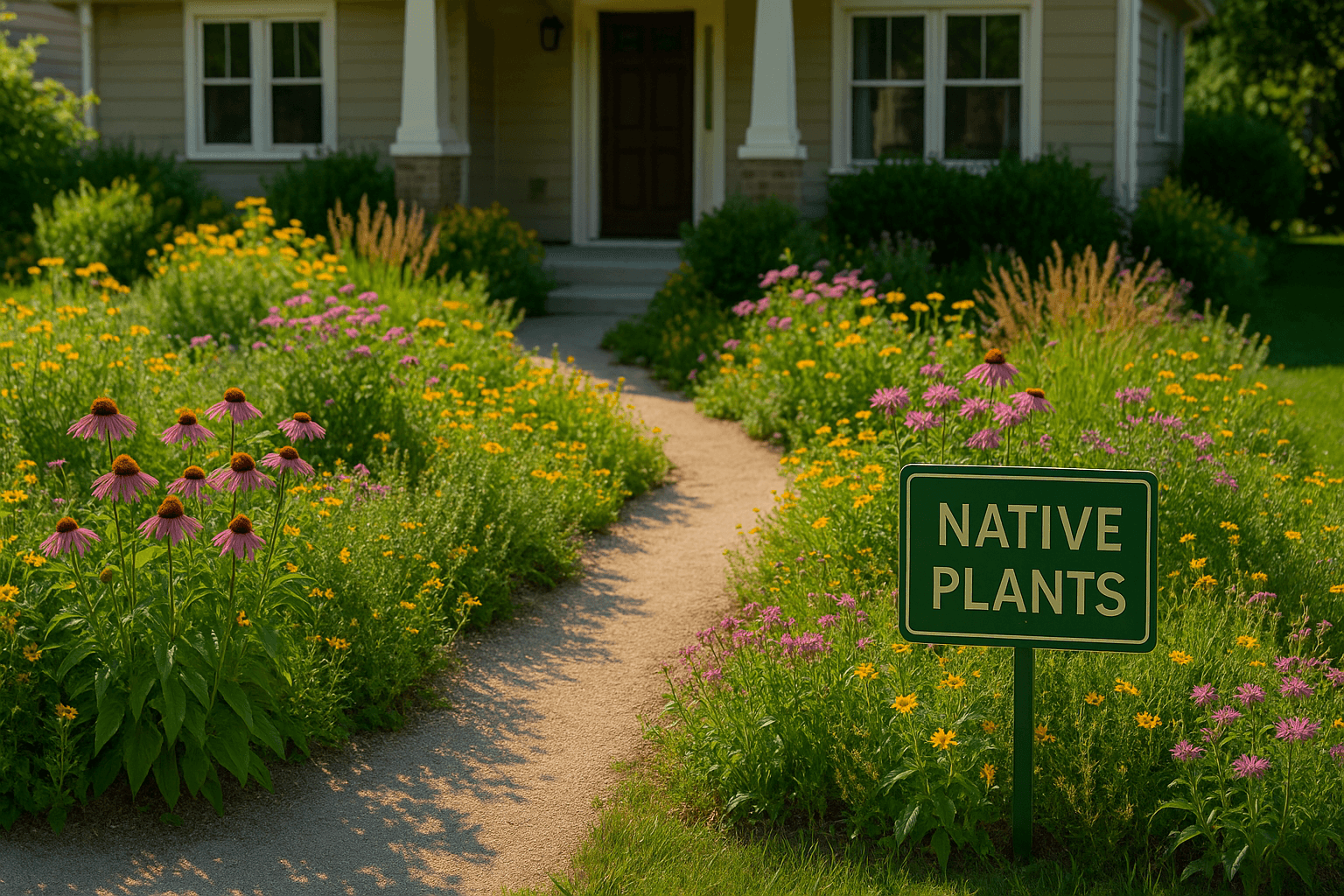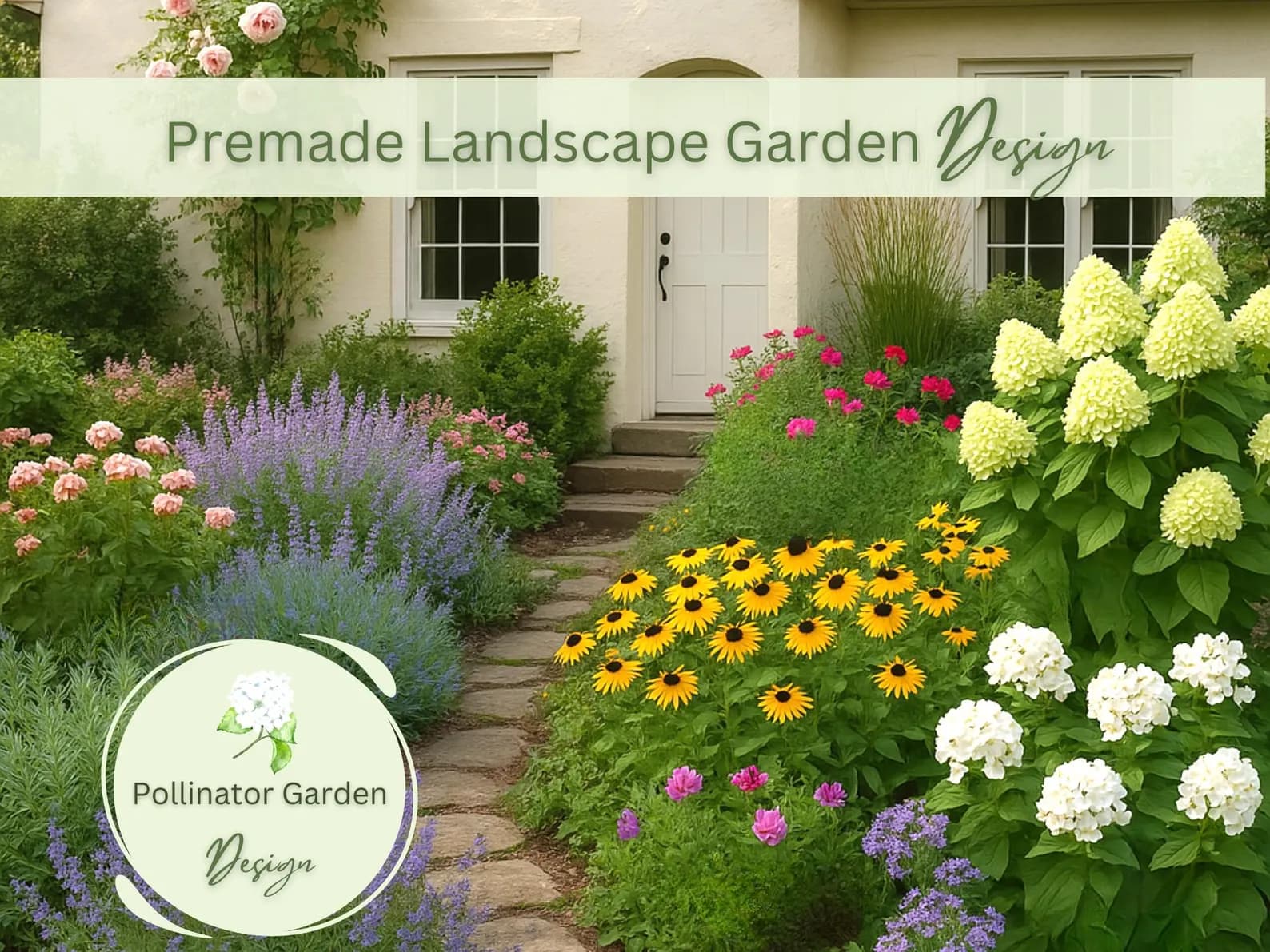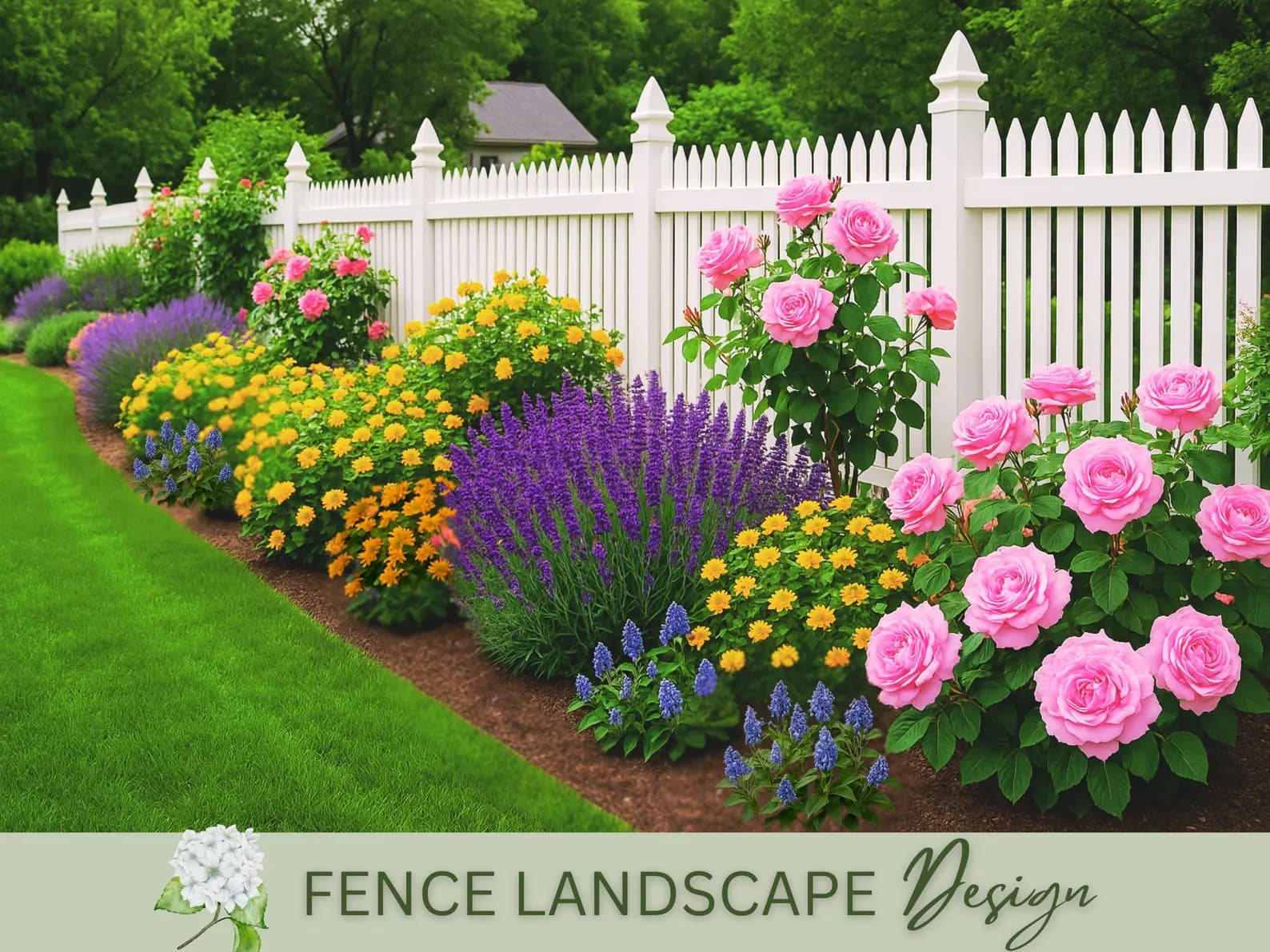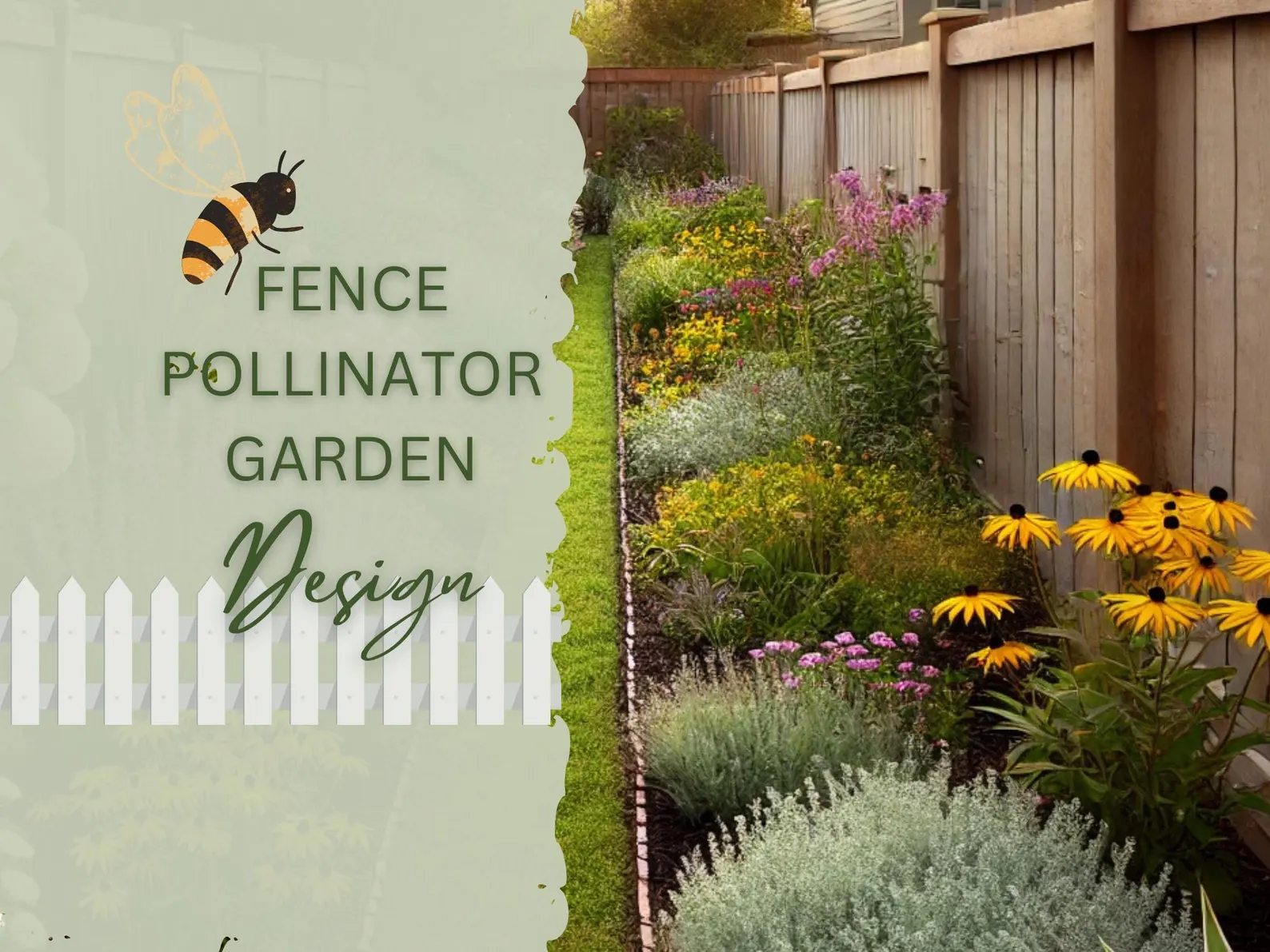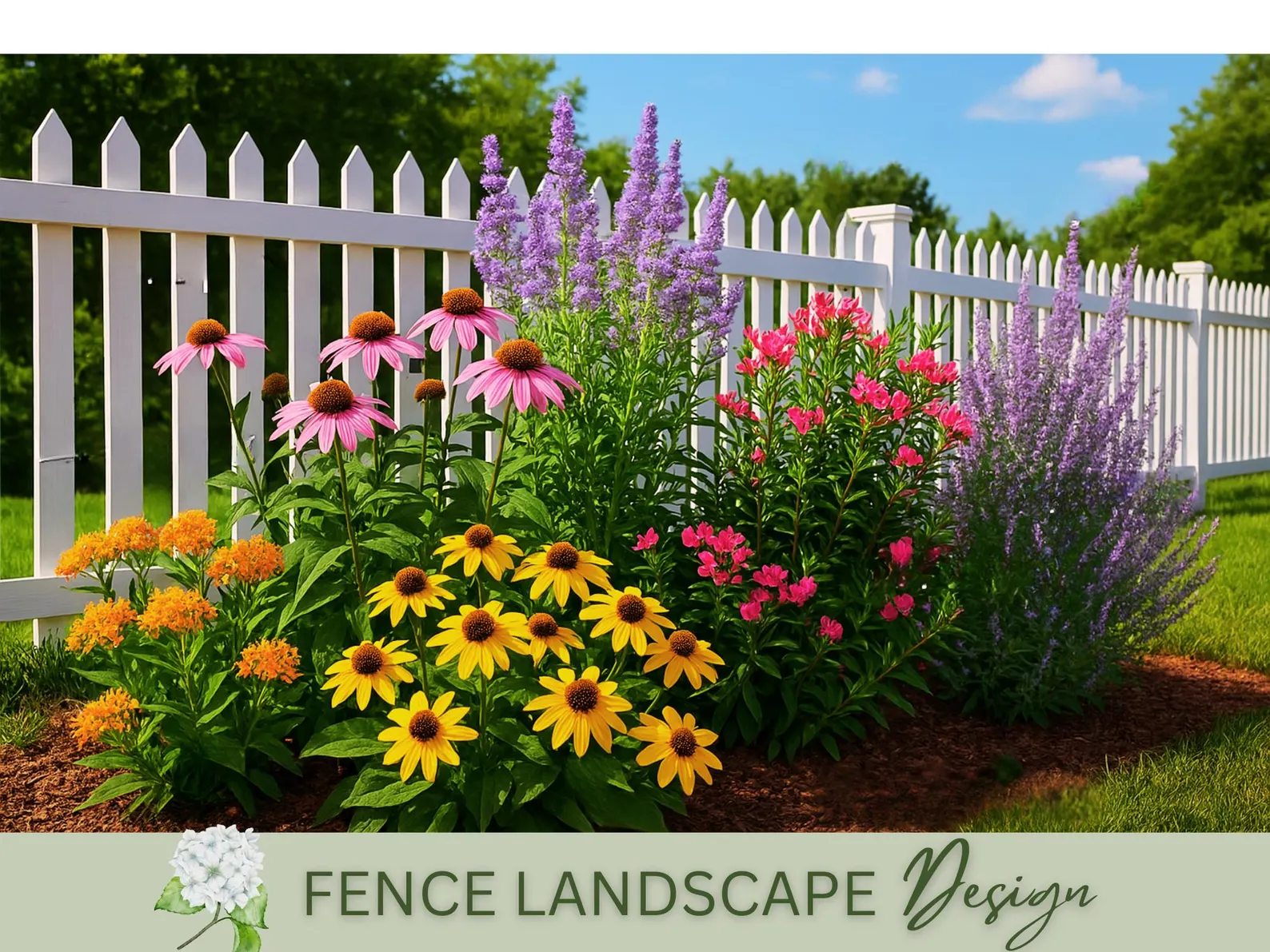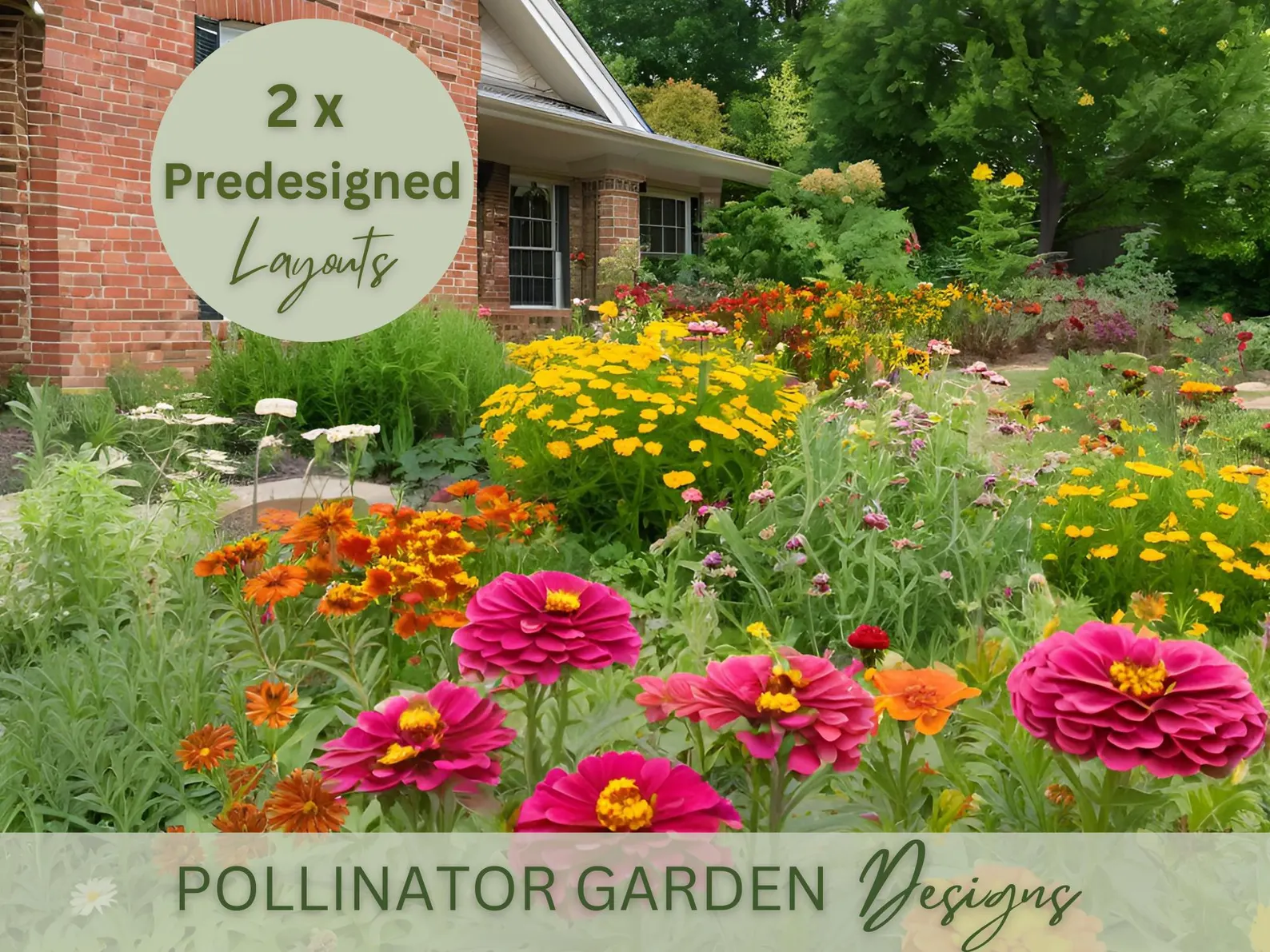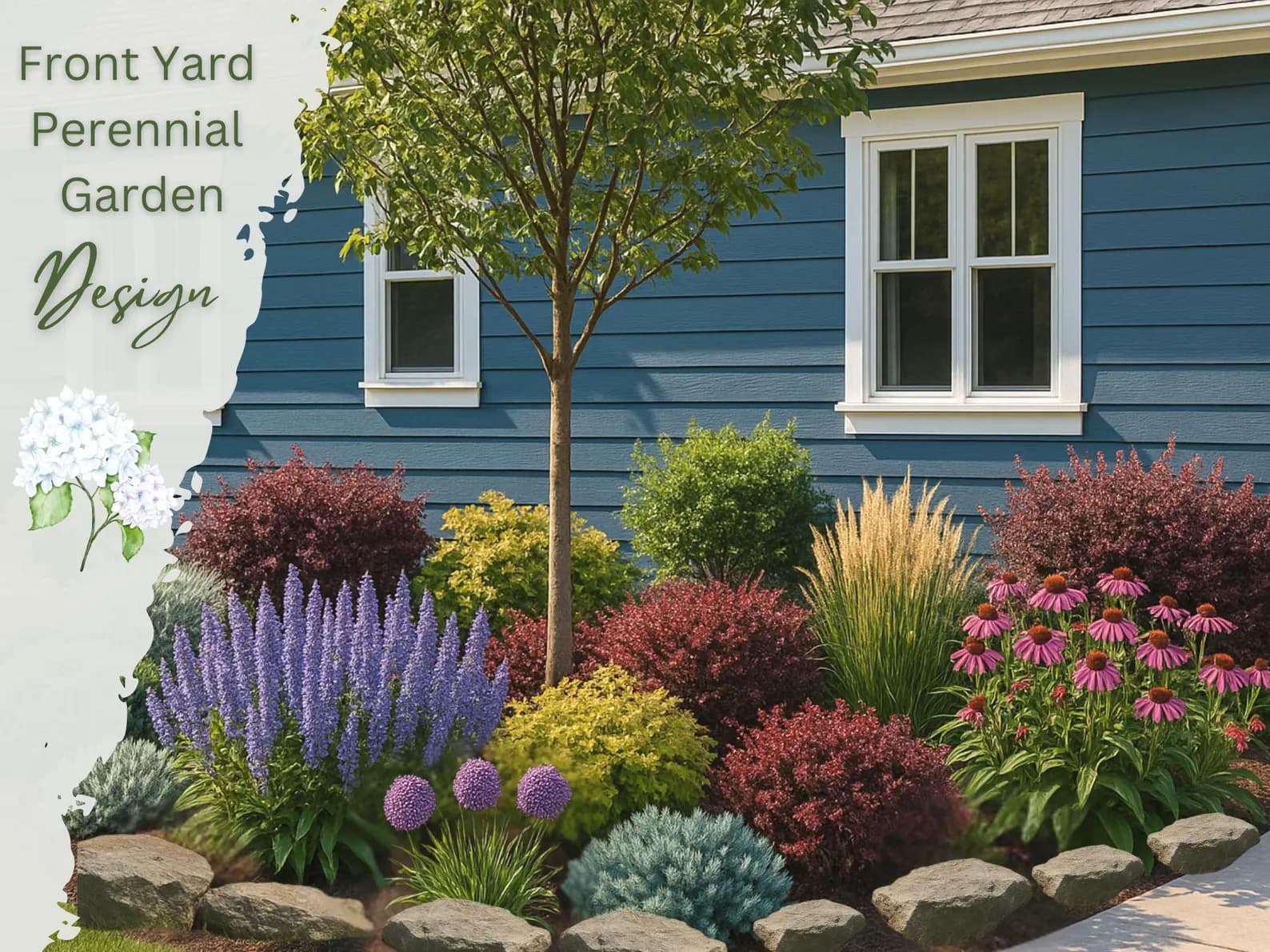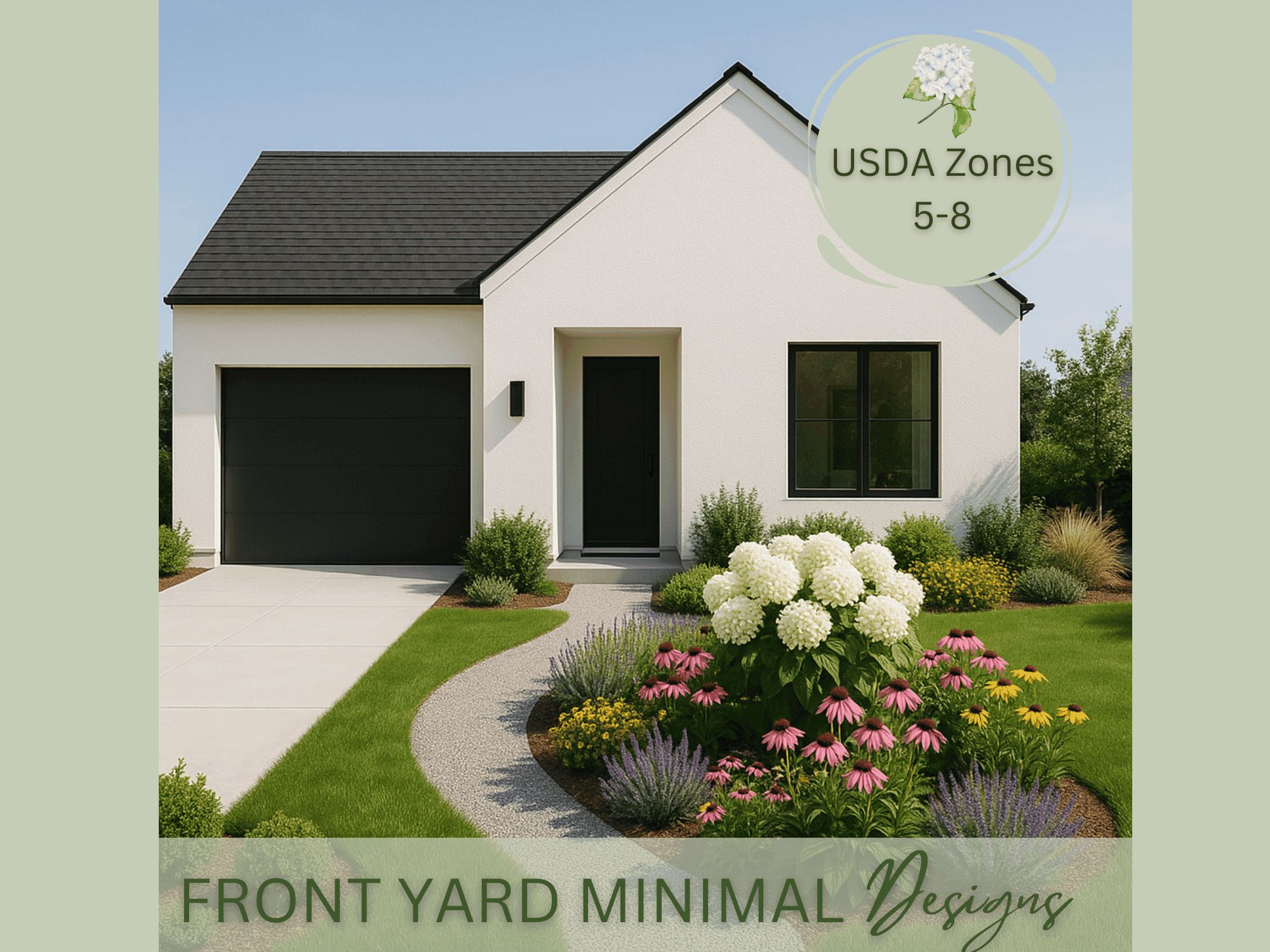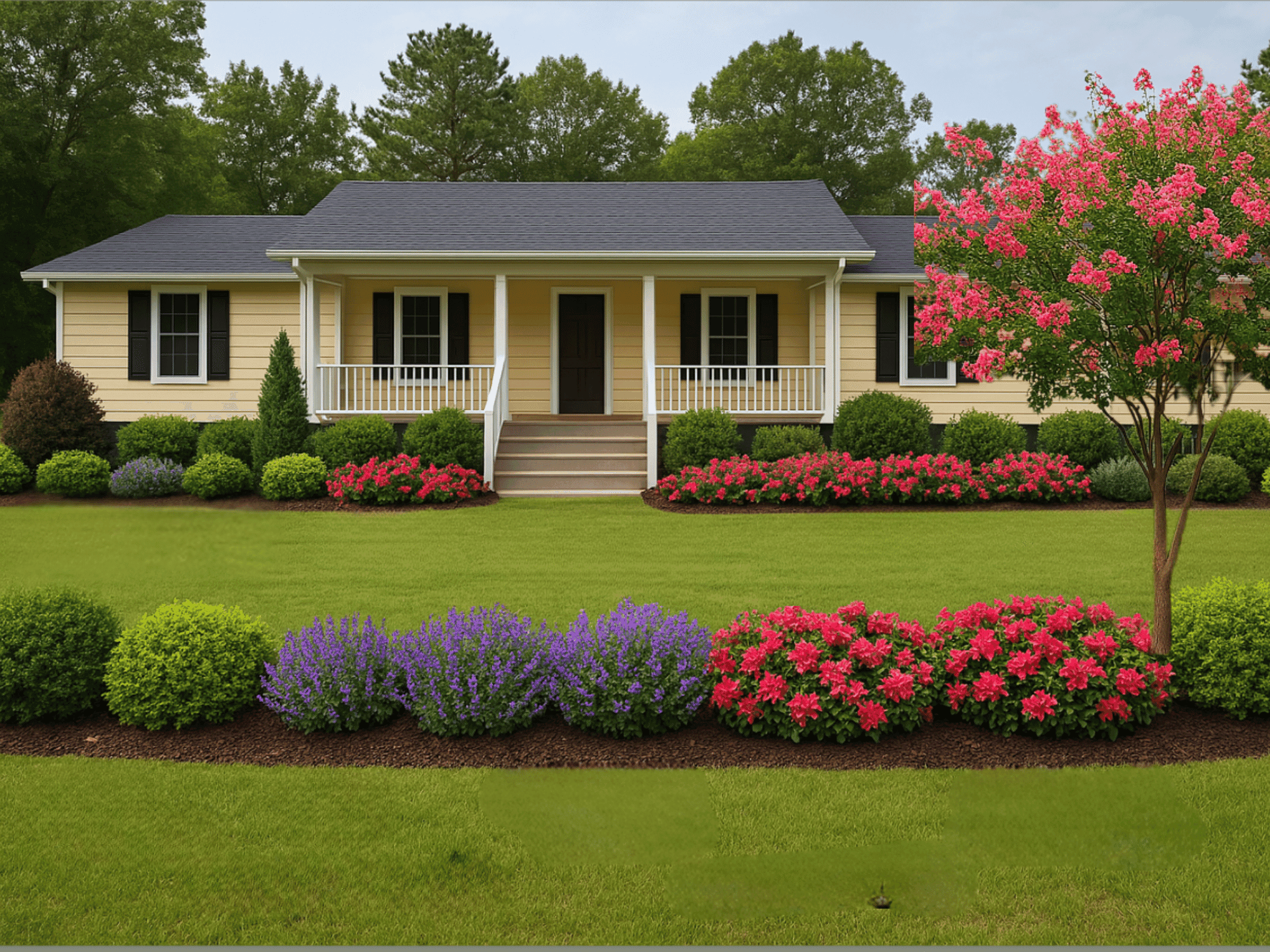What Is Native Planting?
Native planting refers to the use of plant species that occur naturally in a specific region, ecosystem, or habitat without human introduction. These plants have evolved over centuries to adapt to local soil types, climate, and wildlife interactions, making them incredibly resilient and beneficial for the environment.
Whether it’s a New England meadow filled with goldenrod and Joe-Pye weed, or a Southwestern xeriscape of agave and desert marigold, native plants are foundational to regional ecological health.
The Benefits of Native Plants in Your Landscape
1. Supports Local Pollinators & Wildlife
Native plants provide essential habitat and food sources for bees, butterflies, birds, and other native species.
2. Low Maintenance Once Established
Because they are adapted to local conditions, native plants generally require less water, fertilizer, and pest control.
3. Reduces the Spread of Invasive Species
Using native plants helps reduce reliance on potentially invasive exotics, which often outcompete local flora.
4. Promotes Soil Health and Erosion Control
Deep-rooted natives like Little Bluestem and Switchgrass improve soil structure and help prevent erosion.
Region-by-Region: Examples of Native Plants Across the U.S.
Northeast & Mid-Atlantic
- Solidago canadensis (Goldenrod)
- Monarda didyma (Bee Balm)
- Amelanchier canadensis (Serviceberry)
Southeast
- Rudbeckia fulgida (Black-eyed Susan)
- Itea virginica (Virginia Sweetspire)
- Chionanthus virginicus (Fringetree)
Midwest & Great Plains
- Liatris spicata (Blazing Star)
- Echinacea purpurea (Purple Coneflower)
- Andropogon gerardii (Big Bluestem)
Southwest
- Penstemon spp. (Beardtongue)
- Bouteloua gracilis (Blue Grama Grass)
- Yucca glauca (Soapweed Yucca)
Pacific Northwest
- Polystichum munitum (Sword Fern)
- Ribes sanguineum (Flowering Currant)
- Lupinus polyphyllus (Bigleaf Lupine)
California & West Coast
- Salvia spathacea (Hummingbird Sage)
- Ceanothus spp. (California Lilac)
- Eriogonum fasciculatum (California Buckwheat)
Tips for Getting Started with Native Planting
- Research Your Ecoregion – Use USDA Plant Database or local extension services.
- Choose the Right Plant for the Right Place – Match plant to light, soil, and water conditions.
- Start Small – Even a small native border bed makes a difference.
- Avoid Pesticides – Let beneficial insects do the work.
- Use Mulch Mindfully – Shredded bark or leaf litter mimics nature.
Designing with Native Plants
Native gardens can be as polished or wild as you wish. A cottage-style layout using native perennials offers beauty and function, while a modern meadow design can evoke a bold, artistic feel.
Conclusion
Native planting isn’t just a landscaping trend—it’s a movement toward ecological harmony, water conservation, and resilience. Whether you’re a homeowner, designer, or garden enthusiast, choosing native plants allows you to celebrate the unique beauty of your region while giving back to the land that supports us.
Ready to design your own native garden? Browse our pre-made native garden design guides for beautiful, low-maintenance layouts tailored to your region.

